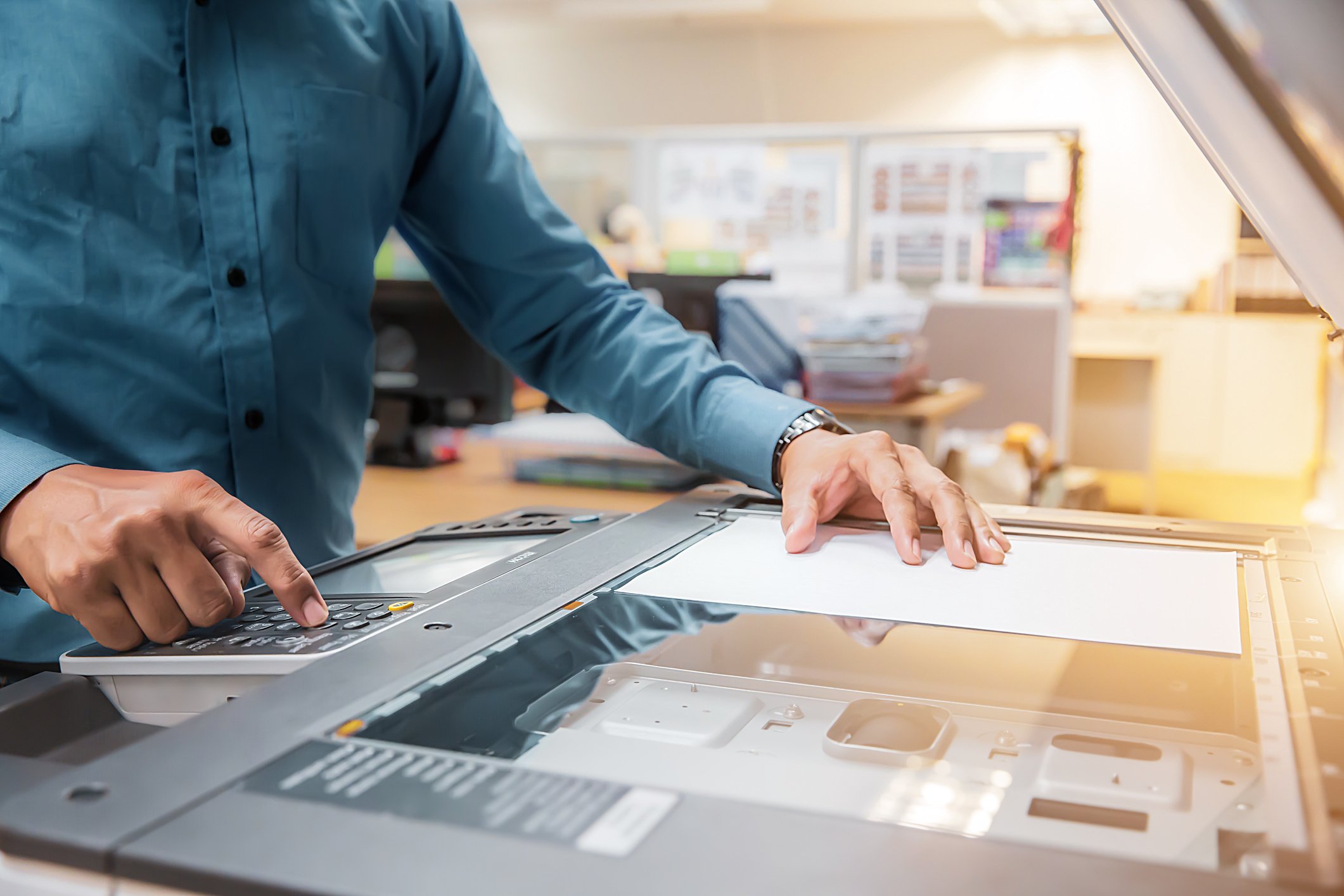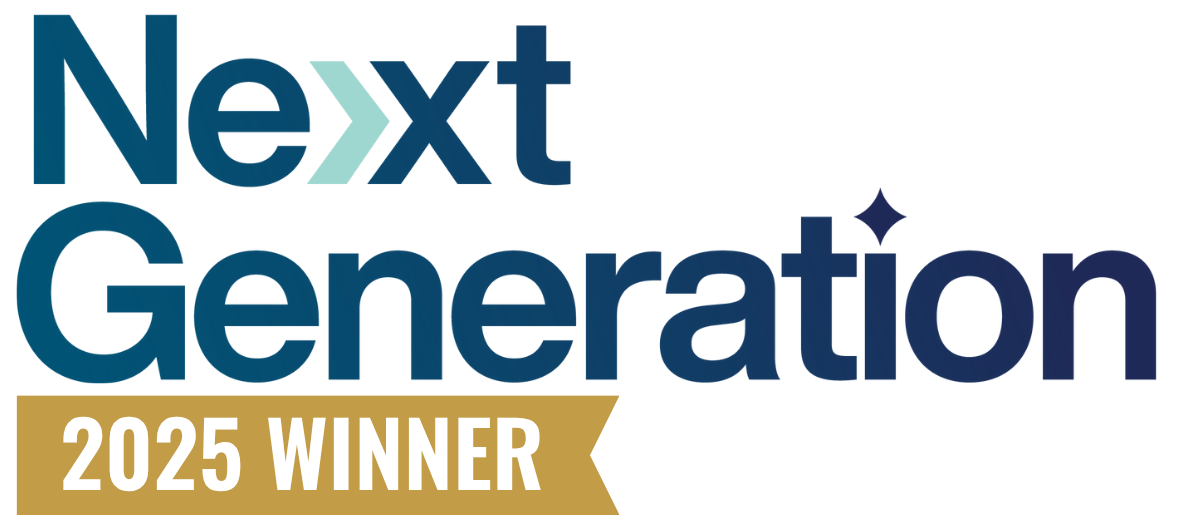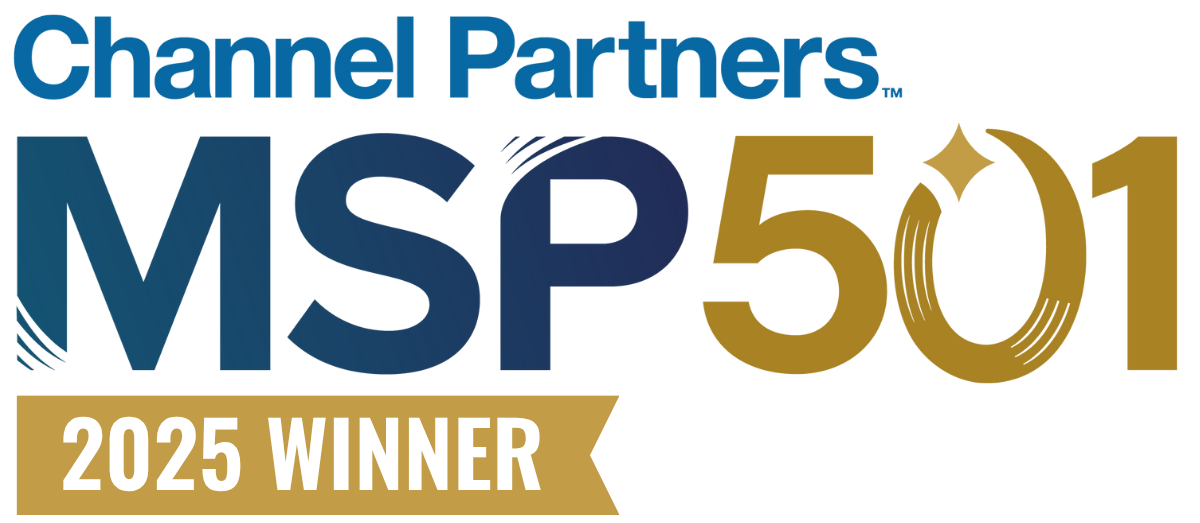For many businesses, printers are at the center of daily operations. A multifunction printer (MFP) can boost productivity and contribute to a more effective and streamlined workspace by printing, scanning, and copying at consistently high speeds and quality. While an MFP is a significant investment for any business, the benefits quickly outweigh the costs of replacing outdated, single-function equipment.
An MFP will become a cornerstone of the office environment, so choosing the right one is important. Here are 8 factors to consider when looking for an MFP that meets your office’s specific needs.
Top 8 Factors to Consider When Purchasing a Multifunction Printer
1. Office Requirements
Choosing an MFP starts with one essential question: What will it need to do?
Beyond printing, copying, and scanning, what additional functions will be necessary on a regular basis? High-volume MFPs can produce color prints as fast as 65 pages per minute, but if those services aren’t useful within the business, they may not be worth the extra cost. Instead, an honest assessment of office requirements will help determine the most pressing needs for an MFP, and guide purchasing decisions.
2. Workflow
MFPs can process large print jobs in record times on a wide range of paper, helping users maximize their time, especially in a high print volume environment. This improved workflow can boost productivity and lead to a more streamlined workspace. Features on an MFP such as touchscreen panels, USB-Direct printing, and mobile connectivity help end-users effectively manage print jobs and other essential tasks.
3. Connectability
MFPs are WiFi access points, connecting users from anywhere they work. As workplace dynamics evolve to include more remote work, this connectivity brings together employees from wherever they are, even outside the office. By managing paper-based and electronic document workflow, an MFP keeps important documents and print jobs organized.
4. Security
An MFP within an office will process sensitive documents and information, which is why it must be protected against virus threats. Security features maintain control of sensitive information, protect company data, and provide customizable options to align with the business’s existing security plan. MFPs are certified to meet strict security standards, including encryption software and authentication options, as well as card-based security systems for end-users to access their documents.
5. Accessibility
All members of the office should be able to easily use and access the MFP to conduct their business as effectively as possible. Touchscreen panels have a tilt screen that can be adjusted as needed, and large, bright icons on the control panel are intuitive and highly visible. These elements create an accessible functionality for the user experience of everyone in the office, regardless of age, gender, or stature of needs.
6. Ease of Use
A simple, easy-to-use interface is an essential component of any MFP. Each business can customize their MFP’s interface based on their needs, and ensure a streamlined workflow for end-users. With fewer buttons to click, no more unnecessary options, and important features located front and center on the control panel, users can get what they need when they need it.
7. Sustainability
A high function printer does not have to generate more waste. Instead, innovative solutions such as cost-free recycling for all consumables can help to offset the carbon footprint of each MFP. The Simitri HD toner for color printing is also made out of plant-based biomass materials. These innovations, paired with a long-term commitment to an 80% reduction in CO₂ emissions by 2050, pave the way to a more sustainable future.
8. Cost
An MFP can help keep track of workflow, as well as tracking usage by department or by individual in order to best allocate costs. As for cost of ownership, MFPs are built with high-quality materials that are much less likely to wear out or break with high usage than an ill-adapted single-function printer. Investing in a good-quality MFP reduces costs of repair and replacement over time.
Investing in an MFP
When considering which MFP to add to the office environment, there are many factors to take into consideration. Most importantly, keep in mind the guiding question: What will it need to do?
As with all other essential office infrastructure, an MFP is an investment. However, if chosen correctly and in line with the business’s needs, an MFP can streamline workflow, facilitate a more productive work environment, and keep up with all the business’s demands, no matter the volume or intensity of the job at hand.





